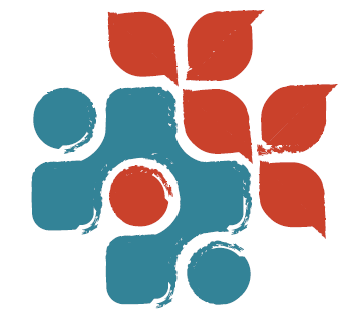The Core, It's all Connected.
It’s a phrase we, as instructors, hear all the time: “I need to work my core”. Clients come to us and say, my (insert name of health professional here) told me I need to strengthen my core. Our own clients often tell us they need core strengthening, it’s even part of our business name! But what actually is the “Core”? Most people would say it’s the abdominals, but that’s only partly true. Read on for the nitty gritty on your core.
There are core muscles throughout your body, not just your abdominals. These important muscles are responsible for healthy movement, joint centering, and efficient firing patterns. When any of our muscles don’t fire correctly, other muscles take over in an effort to create balance, which can ultimately affect our ease of movement.
It’s all connected, every movement you do affects your whole body.
The definition of the Core below from a Harvard Health blog called “Understanding and Improving Core Strength” sums it up nicely: Read the full blog here
The core is a group of muscles that stabilize and control the pelvis and spine (and therefore influence the legs and upper body). Core strength is less about power and more about the subtleties of being able to maintain the body in ideal postures — to unload the joints and promote ease of movement.
I like this definition of the core because it touches on the interconnectedness of all the muscles. While part of the core is composed of the Rectus Abdominis (your six pack) and your obliques, a huge part of it is also the deepest muscles in the back, the pelvic floor and the muscles of the hips, like the glutes. If any muscle in the system, whether it’s one of the big muscles like the Rectus or a tiny spinal stabilizer is out of whack, meaning it’s weak or tight or not firing at all, this can influence the rest of the body. This type of imbalance can cause dysfunction and create pain and create faulty movement patterns..
All of that to say, when we talk about the “Core” we should think more about the big picture (see last month’s blog post “Where should I be feeling this?”). Yes, we feel our abs when we do a plank but we also really feel our back and our quads and that should not be ignored. If we don’t pay attention to all of the muscles involved, the integrity of the movement will break down. So, when we ask a client to do footwork and they respond with ”but shouldn’t I be working my core to get better” we will immediately direct them to this blog because we need to look at the whole picture to get the most out of every movement.
